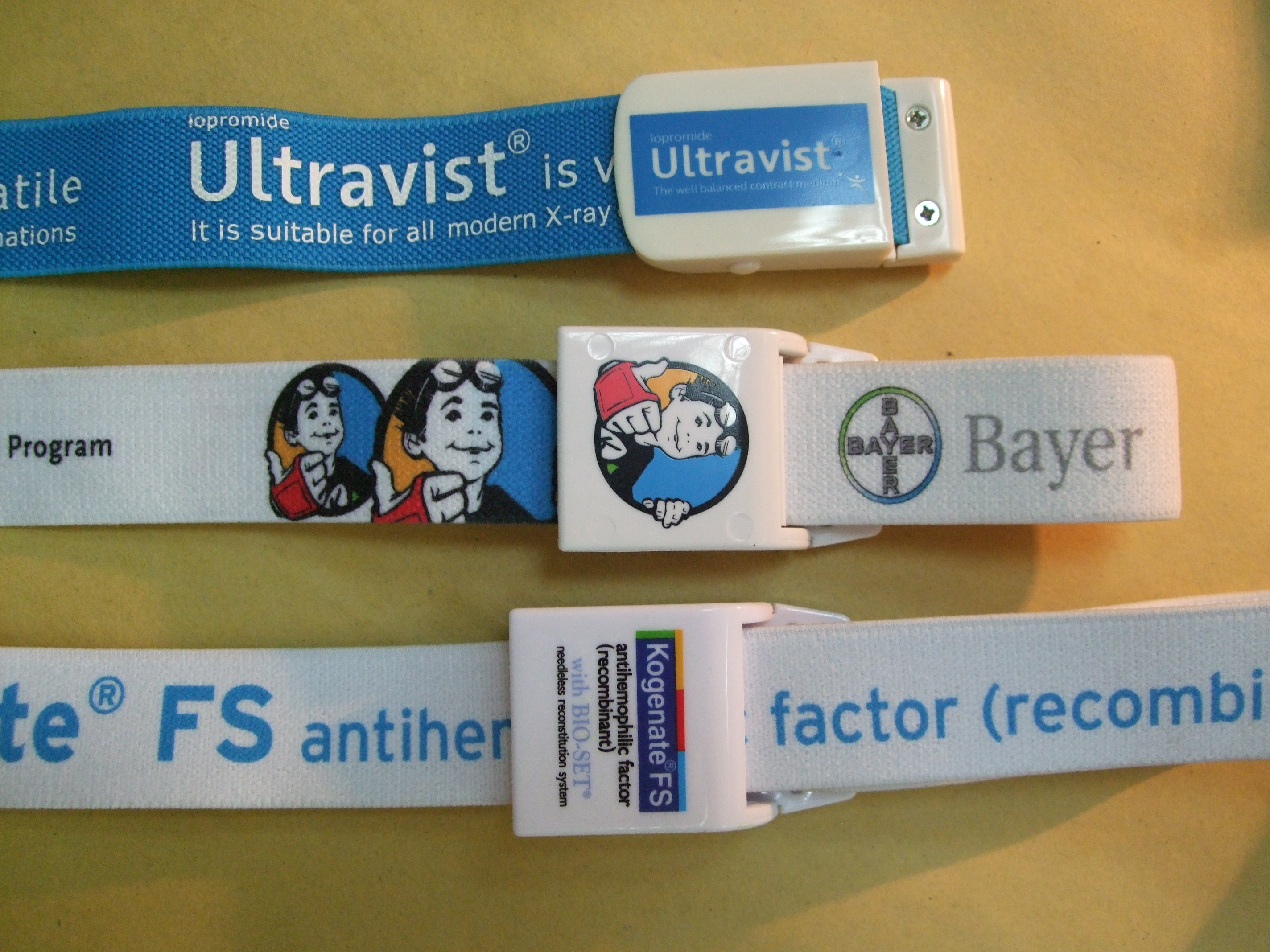silicone ring tourniquet and standard balloon tourniquet on motor nerve conduction, pain and grip strength in healthy subjects
Background:balloon tourniquet (PT) is often used by orthopaedic surgeons for upper and lower limb surgery. Silicone ring tourniquet (SRT) has been gradually introduced into the clinic over the past two decades. Literature has been published comparing the safety and effectiveness of physician use in volunteers. The aim of this study was to investigate the effects of silicone ring tourniquet (SRT) and balloon tourniquet (PT) on postoperative motor nerve conduction, pain and grip strength in healthy subjects.
method:two tourniquets were applied to the forearms of 20 healthy subjects for 10 min. Pain was measured using a visual analog scale and grip strength was measured using a hand ergometer. We evaluated the following parameters of median nerve conduction: motor nerve conduction velocity (MCV), delay (LAT) and amplitude (AMP).
results:tourniquet use was higher in the SRT group, but the pain relief score was higher in the PT group, which was statistically significant (P<0.05). Grip strength decreased after tourniquet use; however, grip strength decreased more significantly in the SRT group (P<0.05). According to the change value of MCV (P<0.05), the conduction injury of median nerve in PT group was worse than that in SRT group.
Conclusion:The effect of PT group on median nerve conduction was greater than that of SRT group, and the decrease of grip strength was greater than that of SRT group.

Key words: silicone tourniquet; tourniquet; medical products; hospital; exercise rehabilitation

